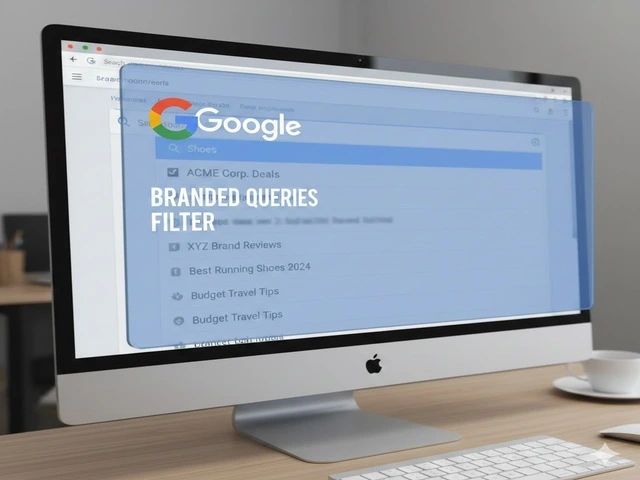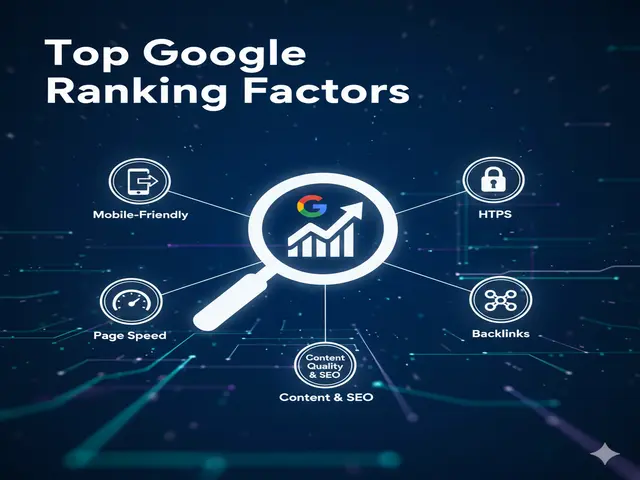Google has rolled out a new Branded Queries Filter in Search Console, a major update that gives SEOs and digital marketers more clarity than ever before. For anyone offering SEO services or managing organic growth campaigns, this feature helps you understand how much of your search traffic comes from brand awareness versus true discovery. In a digital landscape where accurate insights drive better strategy, this update is especially useful for SEO teams, digital marketing agencies, and businesses aiming to improve their non-branded search visibility.
What is the Branded Queries Filter?
Google has announced a new built-in filter in the Search Console Performance report called the Branded Queries Filter, which allows website owners to segment their search traffic between “branded” and “non-branded” queries.
A “branded query” is defined by Google as a search that includes your brand name, its variations or misspellings, or relevant brand-related products or services.
This update brings a cleaner way to monitor brand vs discovery traffic within Google’s native interface.
How the Filter Works in Google Search Console
The new filter is located under Performance → Add Filter → Query → Branded or Non-Branded (in supported properties).
Google states that the filter is analytical only and has no direct effect on ranking. It is being rolled out gradually, and may only appear for sites that meet certain query/impression thresholds and for top-level properties (not sub-domains or URL path properties).
The filter may also be AI-assisted, meaning Google’s internal systems will auto-classify what counts as branded vs non-branded.

Why This Update Matters for Your SEO Strategy
- Clearer Segmentation: You can now easily separate traffic driven by brand awareness from traffic driven by discovery or non-brand keywords. This gives more clarity on what portion of your search performance is from users already familiar with your brand vs new prospects.
- Better Reporting: Many SEO teams previously had to build custom filters or dashboards to separate branded traffic; this native filter simplifies that process.
- Strategic Insights: Understanding brand vs non-brand growth helps refine SEO efforts — for example, whether to invest in brand awareness campaigns vs content aimed at discovery traffic.
- Executive Transparency: Reporting can become more precise: you can show stakeholders what portion of clicks/impressions are really non-branded “new user” opportunities.
Key Actions You Should Take as an SEO Professional
- Benchmark your current branded vs non-branded traffic now so you can compare after full rollout.
- Update your dashboards or internal reporting to incorporate the new filter once available.
- Review your brand terms (brand name, product names, misspellings) and make sure you understand how Google may classify them.
- Focus on non-brand growth: Once you isolate branded traffic, you’ll get a clearer view of how your content is performing in non-brand discovery.
- Communicate to stakeholders that when this filter appears, you may see shifts in numbers; not necessarily because performance changed, but because classification changed.
Things to Keep in Mind & Potential Limitations
- The filter is not yet available for all sites; some may have to wait depending on traffic volume and property type.
- The classification is automated; short or generic brand names might be misclassified. You should monitor and flag unexpected results.
- Since this is an analytics tool and does not affect ranking, it’s only for better insight — your underlying SEO work (content, links, UX) remains as important as ever.
- Historical reporting may not align after rollout because definitions change; hence, benchmarking is crucial.
Google’s Branded Queries Filter is more than just a reporting enhancement; it’s a tool that helps marketers differentiate between brand strength and true SEO performance. For businesses investing in digital marketing or SEO services, this update provides clearer insights into what’s driving organic growth. By separating branded and non-branded queries, you can refine your content strategy, improve targeting, and optimize for high-intent discovery queries.
As Google continues refining Search Console, leveraging these new insights will help companies build stronger SEO frameworks, enhance brand visibility, and make smarter digital marketing decisions.
FAQs
Q: Will this filter impact my Google ranking?
A: No — Google has clarified the filter is purely analytical and does not influence ranking or how Google Search works.
Q: Where can I find the Branded Queries Filter?
A: In Search Console, go to the Performance report, then apply Filter → Query → Branded (or Non-Branded). Note: it may not yet appear for all properties.
Q: What qualifies as a branded query?
A: Google defines it broadly: it includes your brand name, variations, misspellings, and brand-specific products or services.
Q: What should I do if I don’t see the filter yet?
A: Wait — rollout is gradual. Also, ensure you’re using a top-level property (not a sub-domain or URL path) and you have sufficient query volume.



